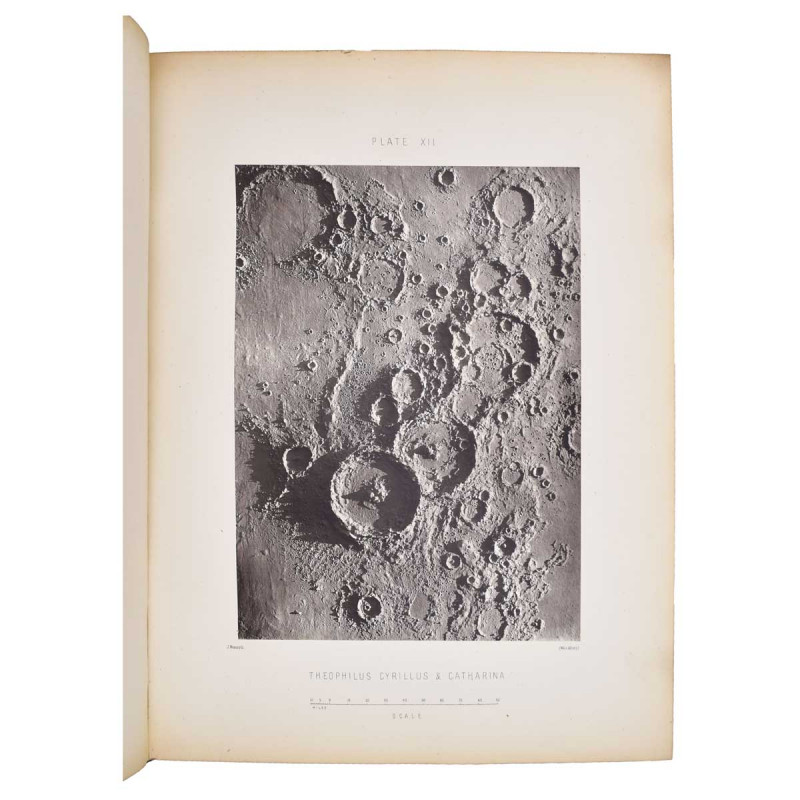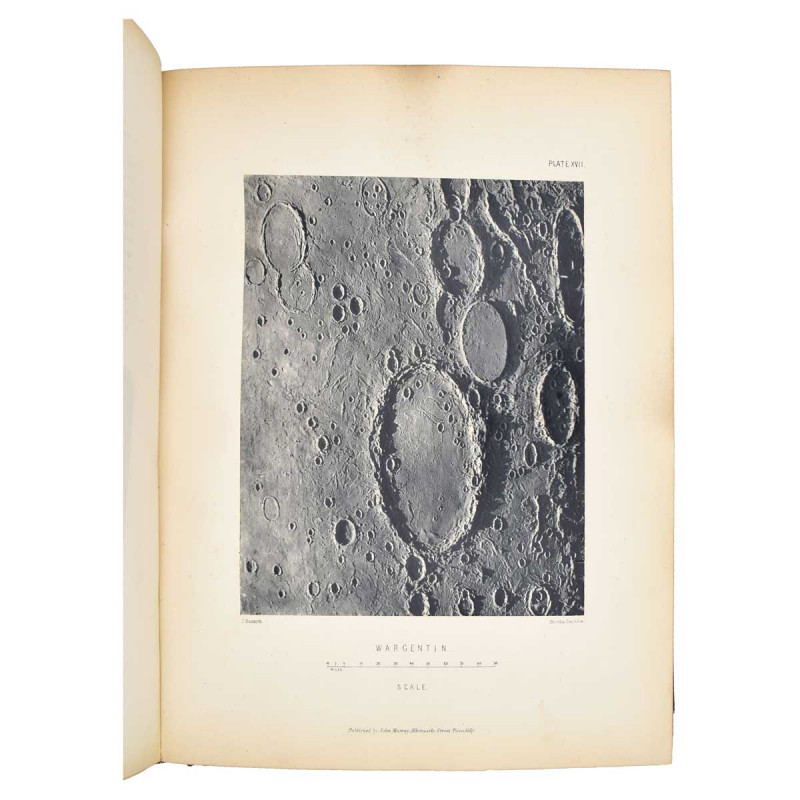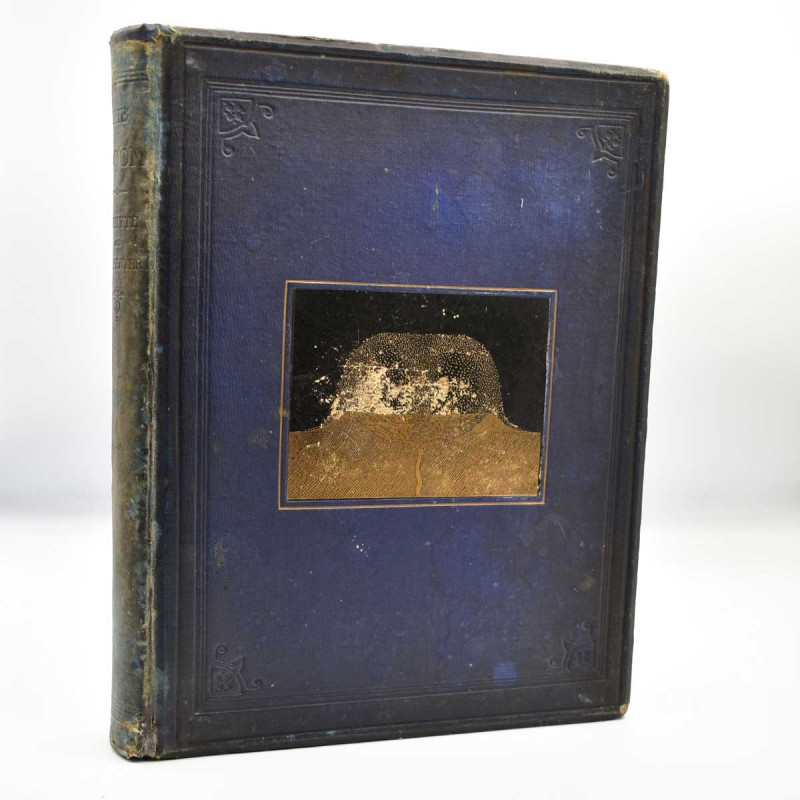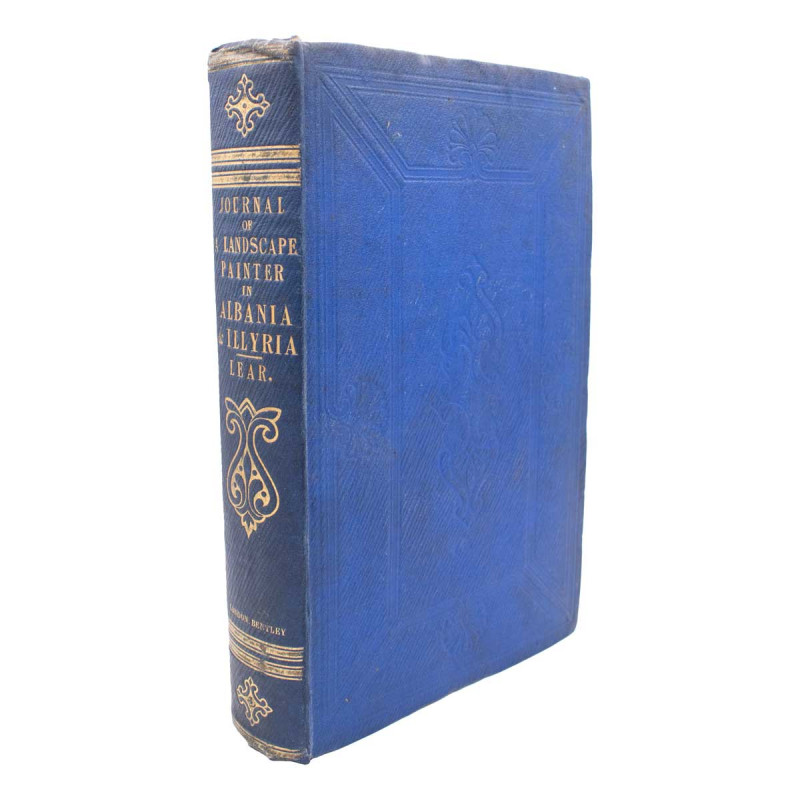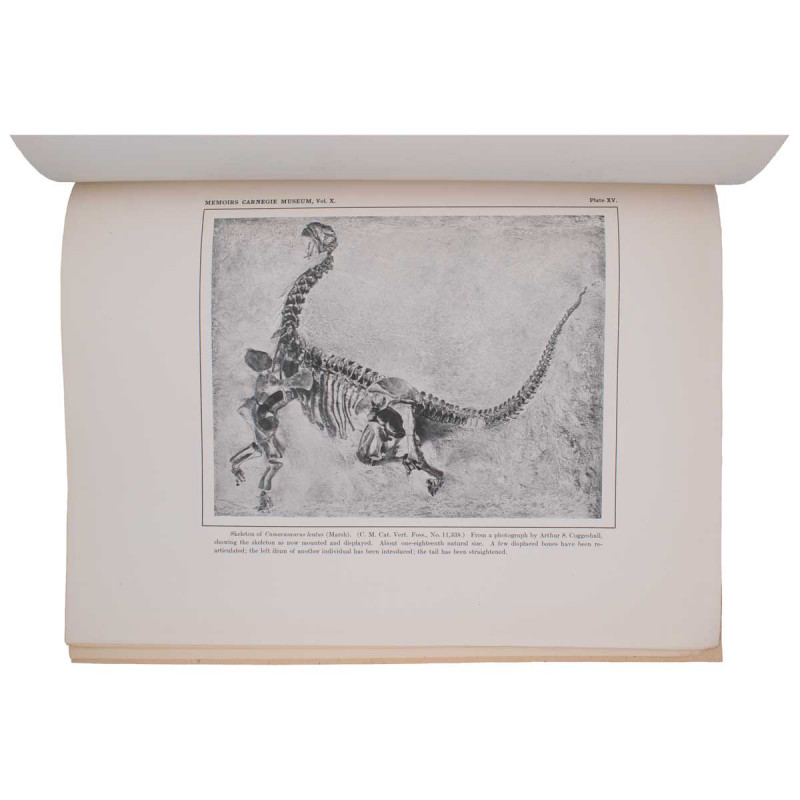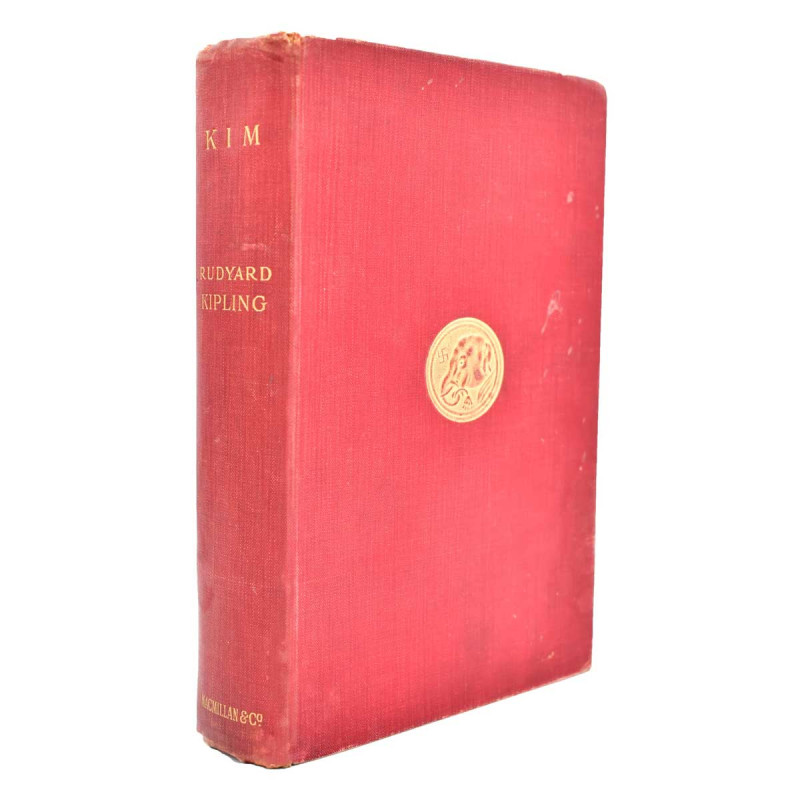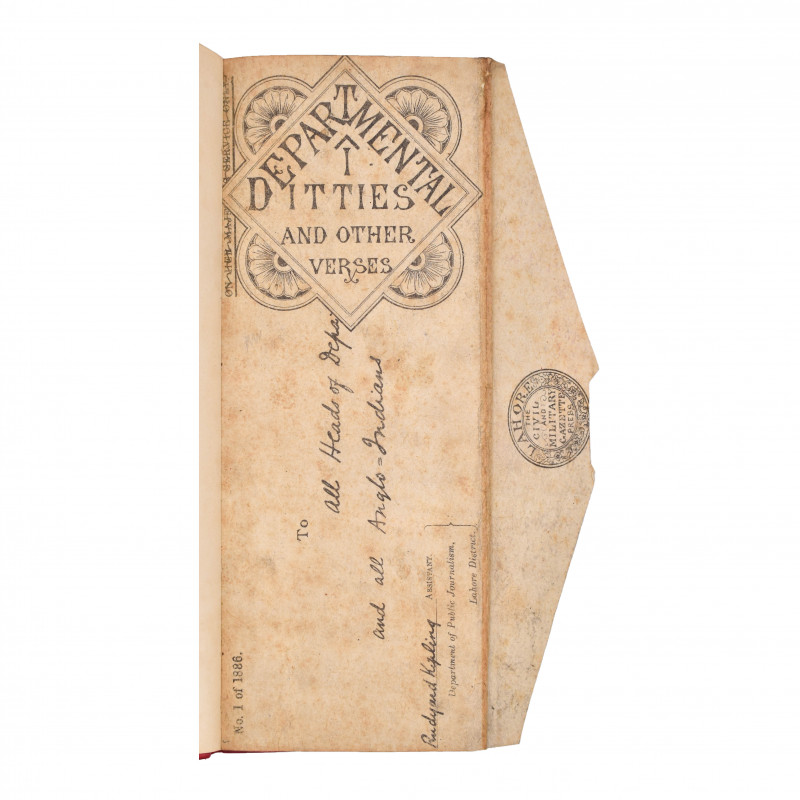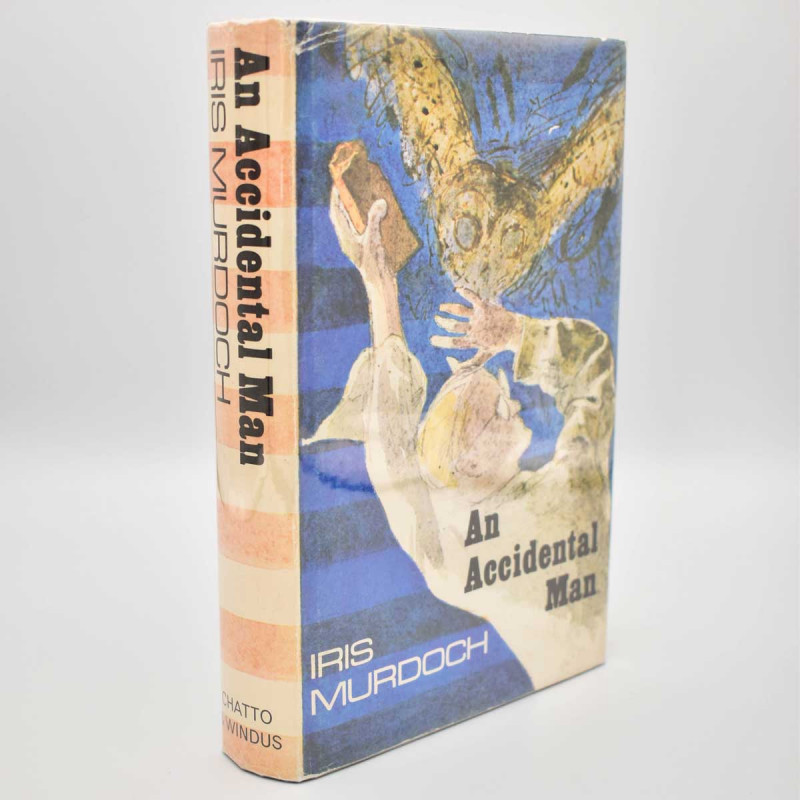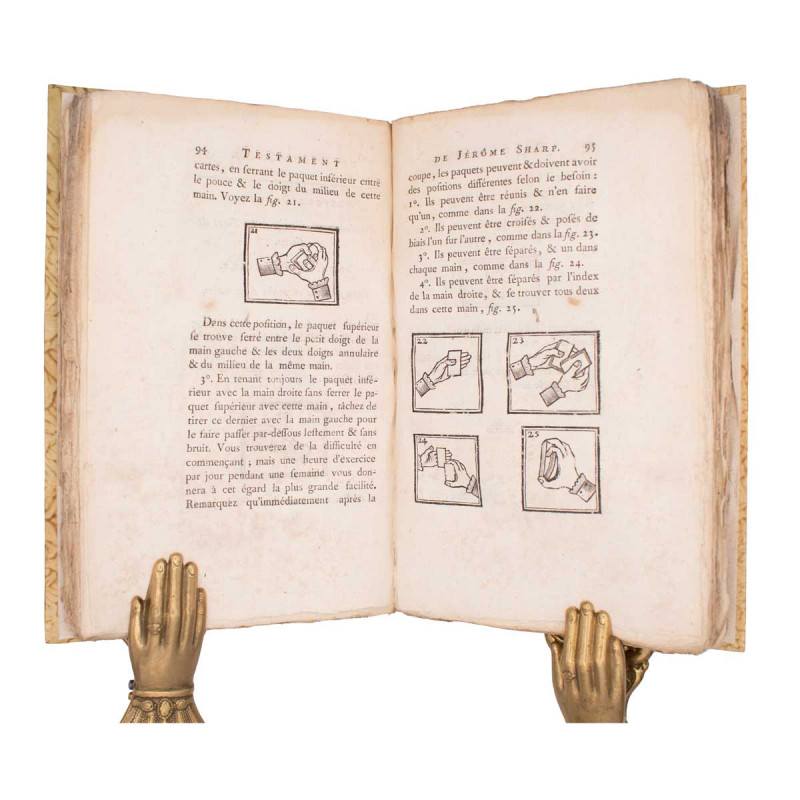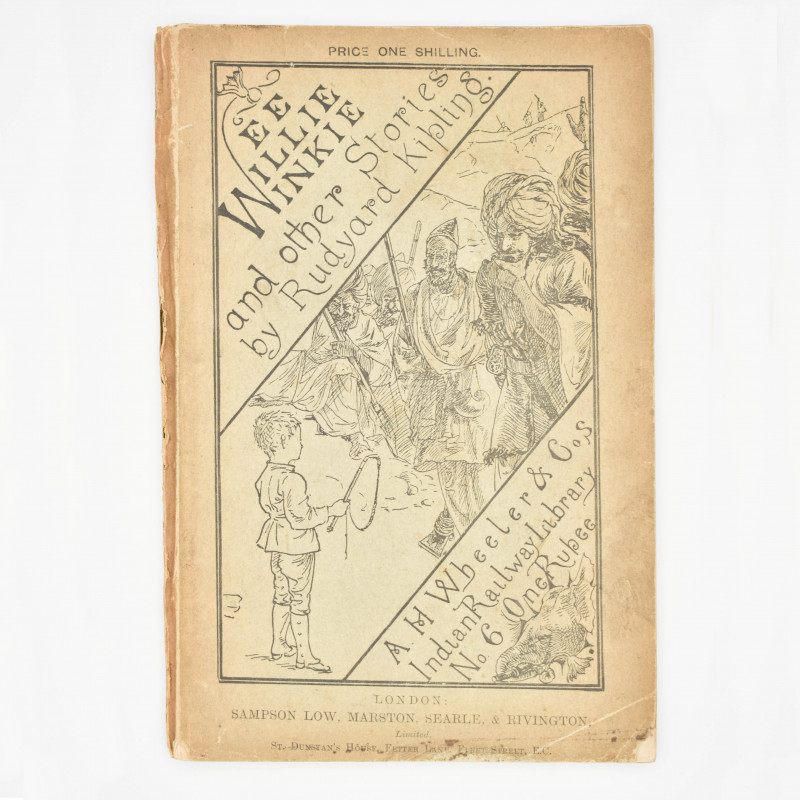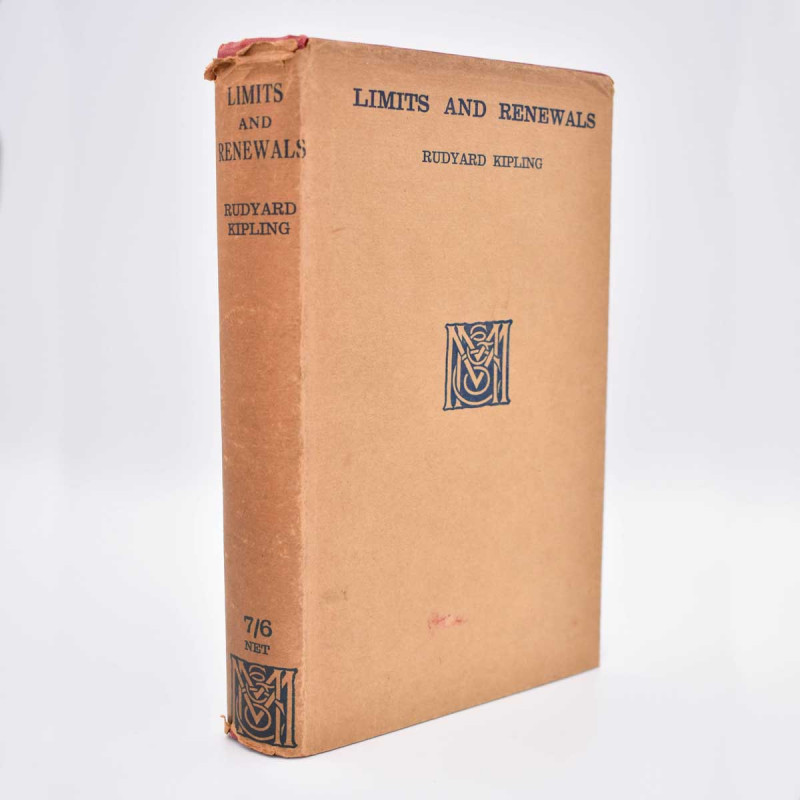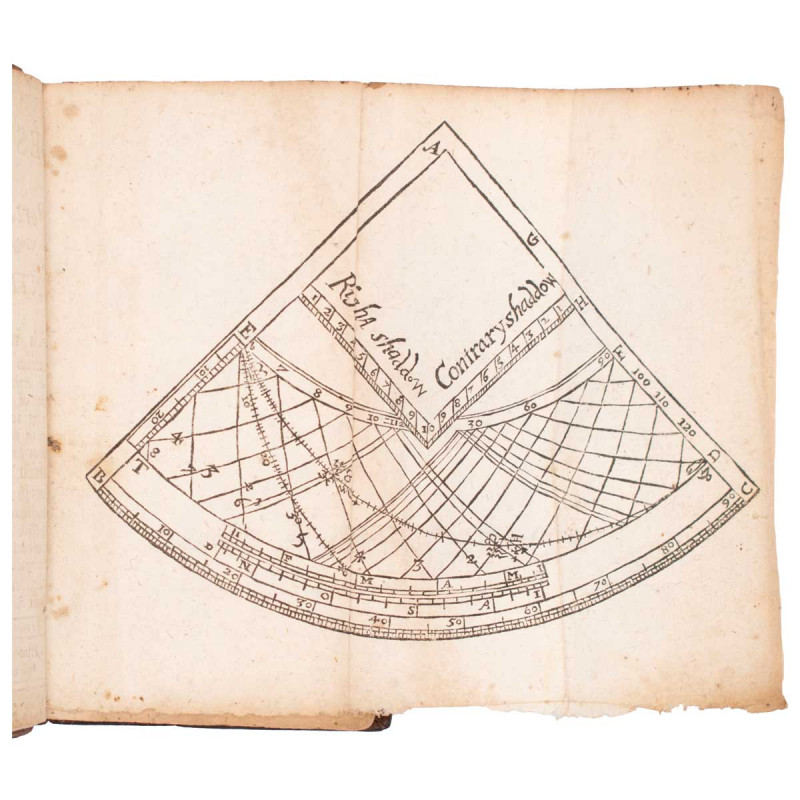The Moon: Considered as a Planet, a World, and a Satellite
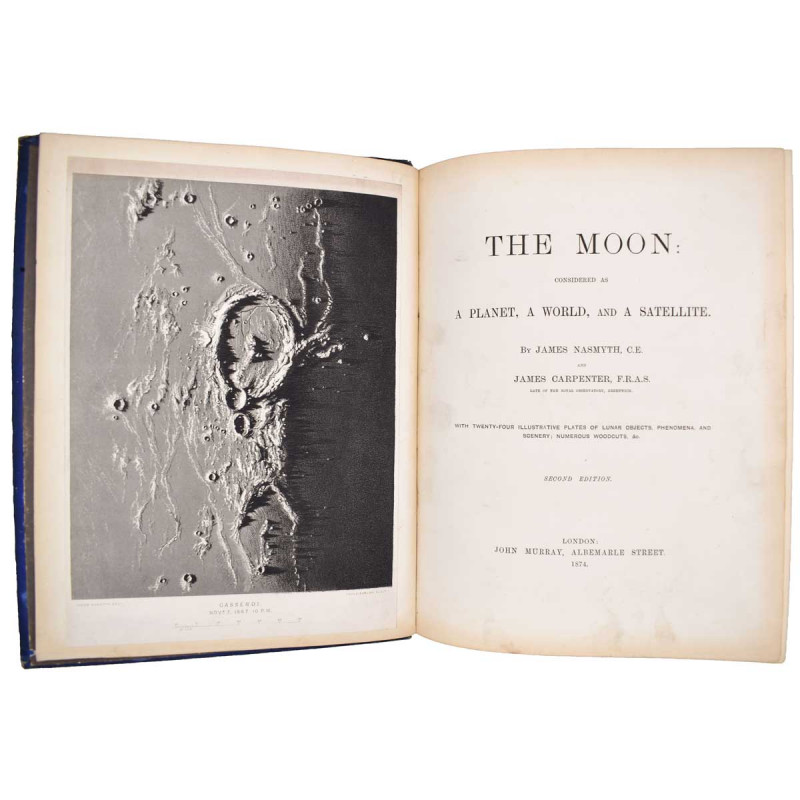
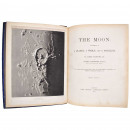
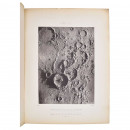
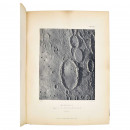
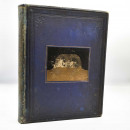
Book Description
Second Edition, published same year as the first, 23 Woodburytype plates, 1 chromolithograph plate, heliograph frontispiece laid down, numerous text illustrations, original publisher's blue cloth, gilt vignette to top board, slightly rubbed, spine a little faded, corners rubbed, 4to, London, John Murray, 1874
This scarce work is most notable for its photographs of the moon's surface. This was achieved by Scottish astronomer, James Nasmyth, sketching the moon's cratered and mountainous surface from observations he made over thirty years. He then built plaster models based on the drawings, and photographed these against black backgrounds in raking light, to “produce most faithful representations of the original.” Nasmyth’s technique sidestepped the technical limitations of astronomical photography in order to achieve the detail he required. He likely adopted the method from his father, a well-known Scottish landscape painter who used plaster models as studies for his paintings.
The book was among the first to be illustrated with photo-mechanical prints, which were lauded by one of the book’s contemporary reviewers as among the most ‘truthful and striking representations of natural objects’ ever encountered by a student of science. The first three editions include a variety of processes including; engraving, photogravure, heliotype, lithograph, chromolithograph, and four different variations of the woodburytype. It is likely that the first two editions, published simultaneously, were partly experiments into which reproduction method was best. This seems to have been deemed the woodburytype as the third edition is composed entirely of woodburytypes.
The Moon also includes numerous examples of the kinds of schematic diagrams that were more routinely used to illustrate scientific texts. These engravings chart astral trajectories, outline hypothetical cross-sections of the planet’s subterranean layers, and reveal the mechanisms by which Nasmyth and Carpenter believed that ancient volcanoes must have moulded the lunar surface. The book’s combination of different image-types and reproductive technologies enabled it to convey more extensive and varied information, while also strengthening its claims to scientific ‘truthfulness’. The diagrams, outline drawings, and photo-mechanical illustrations enable the viewer to plumb the moon’s depths and scale its heights, to examine it at close range and also chart its course through the cosmos.
Author
NASMYTH JAMES & CARPENTER, JAMES
Date
1874
Publisher
London, John Murray
Friends of the PBFA
For £10 get free entry to our fairs, updates from the PBFA and more.
Please email info@pbfa.org for more information
